
Tell your friends about this item:
Review of the Environmental Protection Agency's State-of-the-Science Evaluation of Nonmonotonic Dose-Response Relationships as they Apply to Endocrine Disruptors
National Research Council
Review of the Environmental Protection Agency's State-of-the-Science Evaluation of Nonmonotonic Dose-Response Relationships as they Apply to Endocrine Disruptors
National Research Council
Potential health effects from chemicals that disrupt endocrine function pose an environmental health concern because of their ability to interfere with normal hormone function in human and wildlife populations. The endocrine system regulates biological processes throughout the body and is sensitive to small changes in hormone concentrations. Endocrine-disruptor research has focused primarily on chemicals that affect three hormone pathways that play important roles in reproduction and development - the estrogen, androgen, and thyroid hormone pathways. Some of this research has identified dose-response relationships that have nonmonotonic curves. Nonmonotonic dose-response curves (NMDRs) are of concern because they do not follow the usual assumption made in toxicology that as dose decreases the response also decreases.
The existence of NMDRs has been a controversial topic for decades, and there has been considerable debate about their implications for how chemicals are tested and for how risks from such chemicals are assessed. Toxicity tests are designed to identify hazards and to characterize dose-response relationships, so tests are aimed at finding a (high) dose that elicits a response, and dose-response is explored by testing lower doses spaced to identify statistically a no- or lowest-observed-adverse-effect level. The concern for NMDRs is that such studies, as currently designed, might not detect the inflection of the dose-response curve if only a few doses are tested or if the change in inflection occurs below the range of doses tested. Another concern is that some NMDRs are found for biological effects that are not usually evaluated in toxicity tests. If current testing strategies are inadequate to account for NMDRs, changes to risk assessment practices might be necessary. To help address these issues, the U. S. Environmental Protection Agency (EPA) developed a draft State-of-the-Science Evaluation: Nonmonotonic Dose Responses as they Apply to Estrogen, Androgen, and Thyroid Pathways and EPA Testing and Assessment Procedures. EPA asked the National Research Council to conduct an independent review of this evaluation to ensure that it is scientifically sound and of high quality.
Review of Environmental Protection Agency's State-of-the-Science Evaluation of Nonmonotonic Dose-Response as they Apply to Endocrine Disrupters evaluates whether EPA's evaluation presents a scientifically sound and high-quality analysis of the literature on NMDRs. This report reviews how well the EPA evaluation described how the assessment was performed, whether consistent methods and criteria were applied in the analysis of different evidence streams, and whether appropriate methods were applied to evaluating the evidence. The report makes recommendations to improve EPA's process and strengthen the evaluation.
64 pages
| Media | Books Paperback Book (Book with soft cover and glued back) |
| Released | June 27, 2014 |
| ISBN13 | 9780309297547 |
| Publishers | National Academies Press |
| Pages | 64 |
| Dimensions | 113 g |
| Language | English |
More by National Research Council
See all of National Research Council ( e.g. Paperback Book , Hardcover Book and Book )

 Christmas presents can be returned until 31 January
Christmas presents can be returned until 31 January






![Cover for National Research Council · Nutrient Requirements of Swine (Hardcover Book) [11 Revised edition] (2012)](https://imusic.b-cdn.net/images/item/original/239/9780309224239.jpg?national-research-council-2012-nutrient-requirements-of-swine-hardcover-book&class=scaled&v=1605131130)



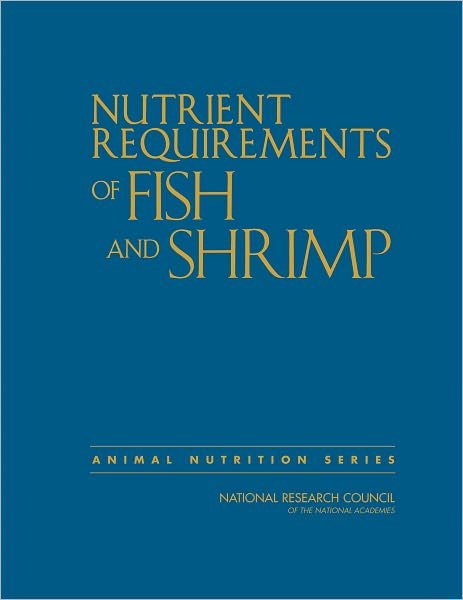

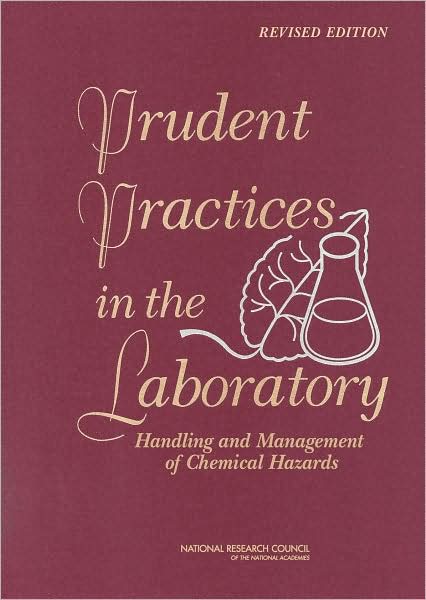
![Cover for National Research Council · Evaluating Testing, Costs, and Benefits of Advanced Spectroscopic Portals: Final Report (Paperback Book) [Abbreviated edition] (2011)](https://imusic.b-cdn.net/images/item/original/179/9780309186179.jpg?national-research-council-2011-evaluating-testing-costs-and-benefits-of-advanced-spectroscopic-portals-final-report-paperback-book&class=scaled&v=1406811945)
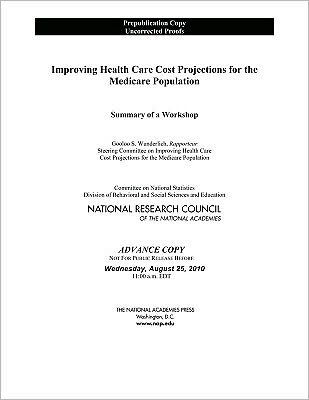


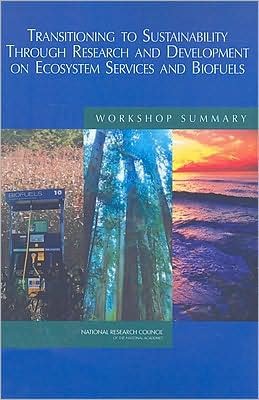


![Cover for National Research Council · Nutrient Requirements of Horses (Hardcover Book) [6 Revised edition] (2006)](https://imusic.b-cdn.net/images/item/original/124/9780309102124.jpg?national-research-council-2006-nutrient-requirements-of-horses-hardcover-book&class=scaled&v=1402151812)






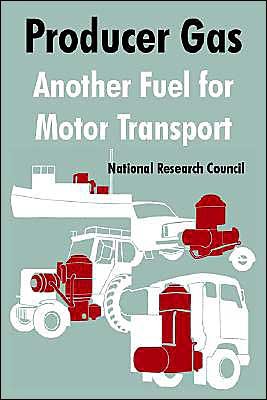
![Cover for National Research Council · Nutrient Requirements of Nonhuman Primates: Second Revised Edition (Paperback Book) [2 Revised edition] (2003)](https://imusic.b-cdn.net/images/item/original/892/9780309069892.jpg?national-research-council-2003-nutrient-requirements-of-nonhuman-primates-second-revised-edition-paperback-book&class=scaled&v=1397561324)




![Cover for National Research Council · How People Learn: Brain, Mind, Experience, and School: Expanded Edition (Paperback Book) [Expanded edition] (2000)](https://imusic.b-cdn.net/images/item/original/362/9780309070362.jpg?national-research-council-2000-how-people-learn-brain-mind-experience-and-school-expanded-edition-paperback-book&class=scaled&v=1394023082)